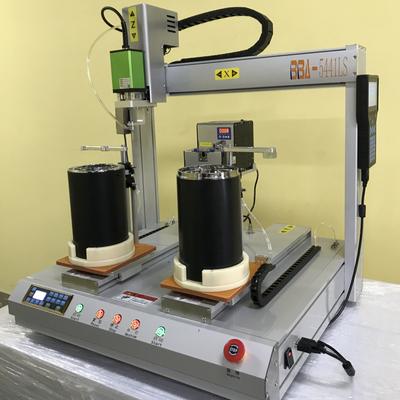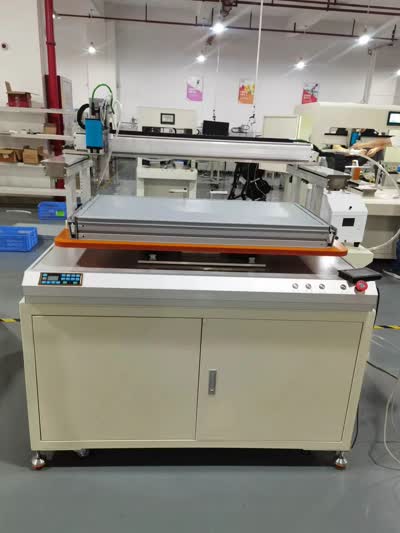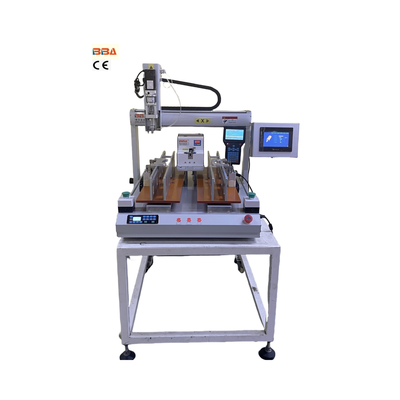Efficient Screw Locking Operations | Industrial Automation Tips
Tips for Efficient Screw Locking Operations
Screw locking operations are fundamental to assembly processes across numerous industries, from electronics manufacturing to heavy machinery production. Ensuring these operations are performed efficiently not only improves productivity but also enhances product reliability and worker safety. This article explores practical strategies and insights to optimize screw locking processes in industrial automation settings.
1. Select the Right Tools for the Task
Using appropriate screwdriving tools is the first step toward efficiency. Electric screwdrivers and automated screw-feeding systems can significantly reduce manual effort and minimize errors. Look for tools with adjustable torque settings, ergonomic designs, and compatibility with various screw types and sizes. Investing in high-quality equipment tailored to your specific applications will yield long-term benefits in speed and consistency.
2. Optimize Torque Settings
Proper torque control is critical to achieving secure fastening without damaging components. Over-torquing can strip threads or crack materials, while under-torquing may result in loose connections. Calibrate tools regularly and establish clear torque specifications for different products. Advanced systems with real-time feedback and data logging can help monitor torque accuracy and ensure repeatability in high-volume production.
3. Implement Automated Feeding Systems
Automated screw feeders can drastically reduce handling time and prevent issues like jamming or misalignment. These systems present screws consistently to the driver, allowing operators to focus on positioning rather than manual loading. For fully automated lines, integrate robotic arms with vision systems to handle complex assemblies with precision. Automation not only accelerates the process but also reduces physical strain on workers.
4. Standardize Screw Types and Sizes
Minimizing the variety of screws used in assembly can streamline inventory management and reduce changeover time. Standardizing fasteners wherever possible allows operators to work more efficiently without frequent tool adjustments. This approach also lowers the risk of using incorrect screws, which can lead to rework or product failures.
5. Enhance Operator Training and Ergonomics
Well-trained operators are key to efficient screw locking. Provide comprehensive training on tool operation, torque principles, and troubleshooting common issues. Additionally, prioritize ergonomics to prevent fatigue and repetitive strain injuries. Adjustable workstations, anti-vibration tools, and clear visual aids can make a significant difference in both comfort and productivity.
6. Regular Maintenance and Calibration
Maintaining tools and equipment is essential for consistent performance. Establish a routine schedule for cleaning, lubrication, and calibration of screwdrivers and feeders. Worn or misaligned parts can cause inefficiencies and defects. Proactive maintenance helps avoid unexpected downtime and ensures that operations remain smooth and reliable.
7. Leverage Data and Monitoring Systems
Modern industrial automation tools often come with software that tracks performance metrics such as cycle time, torque accuracy, and error rates. Use this data to identify bottlenecks, monitor trends, and continuously improve processes. Real-time alerts for torque deviations or feeding problems enable immediate corrective actions, reducing waste and improving overall quality.
Conclusion
Efficient screw locking operations require a combination of the right tools, precise settings, and well-trained personnel. By embracing automation, standardizing components, and implementing robust maintenance practices, manufacturers can achieve faster, more reliable assembly lines. These improvements not only boost output but also contribute to higher product quality and worker satisfaction. Continuous evaluation and adaptation of techniques will ensure ongoing success in industrial automation environments.

| Product Name | Applicable industries |
| Servo Screwdriver Robot | Automotive Electronics Assembly |


